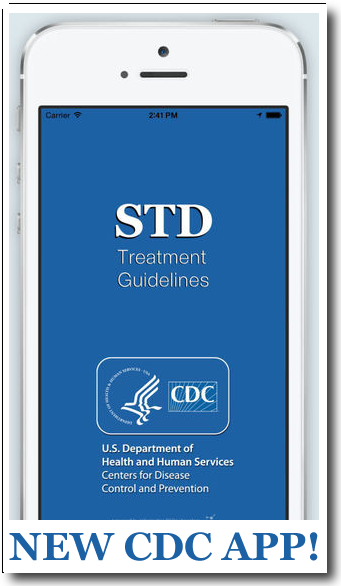A New Digital Tool for Treating STDs and Preventing HIV

Sexually transmitted diseases (STD) continue to threaten the health and well-being of millions of Americans. Last month, the U.S. Centers for Disease Control and Prevention (CDC) released its updated STD Treatment Guidelines, which have played a critical role for 30 years in advising healthcare providers on the best ways to diagnose and treat these infections. The Guidelines are among the most widely used and referenced sources on STD treatment and management in the United States.
CDC also developed the STD Tx GuideExit Disclaimer — an easy-to-use mobile reference based on the updated Guidelines to ensure healthcare providers have quick, easy access to current diagnostic, treatment, and prevention information. First launched in 2010, the app is updated to reflect the most current STD diagnostic and treatment guidance. The revised app also has a streamlined interface that features a ‘Conditions’ display for quickly finding diagnostic and treatment information, making it easier for clinicians to use in real time. The app also links to the full Guidelines document and the Guide to Taking a Sexual History. The app is available now for Apple devices; an updated Android app will be available later this summer.Twenty million new cases of STDs occur each year in the United States. Left untreated, STDs can cause serious health problems, including pelvic inflammatory disease and infertility, and many STDs increase the risk of acquiring or transmitting HIV infection. CDC wants to ensure diagnostic and treatment information are easily accessible and usable by healthcare providers through resources such as the updated STD Tx Guide app. In addition, a poster-sized wall chart and smaller pocket guide were developed to provide easy-reference summaries of the Guidelines and are available for order through CDC-INFO on Demand Publications. As more providers are consulting apps, sharing the most up-to-date treatment guidelines in this popular format means better access, better care, and, ultimately, better health.
We hope you will use this new tool in STD and HIV prevention and share with others.